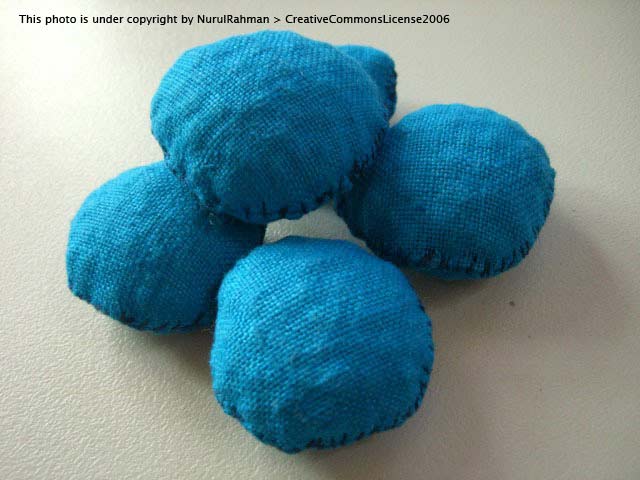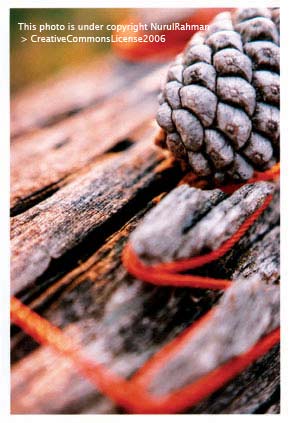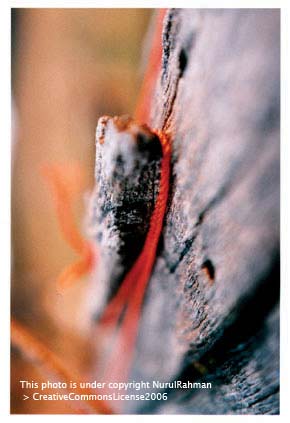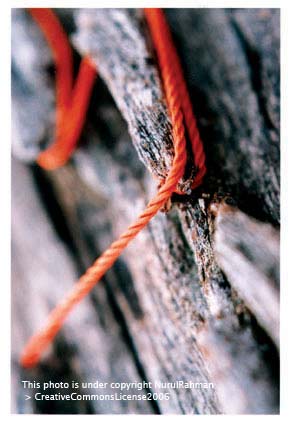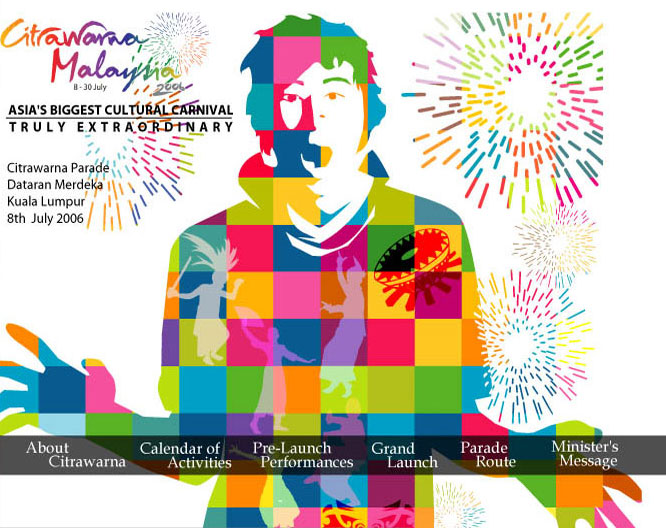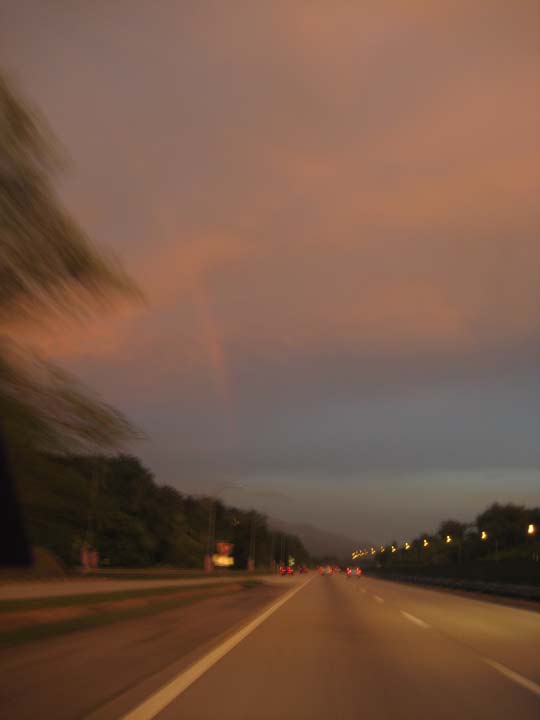In the chapter of The Shaping of Malaysia (1999), Alberto Gomes wrote
” In 1991, Dr Mahathir announced a new goal of nation building for Malaysia that he called “Vision 2020′. He envisaged that by the year 2020 Malaysia will be fully industrialised country with truly united Bangsa Malaysia ( Malaysian Race ). As Harper indicates, in this rhetoric:
Bangsa Malaysia represents not only the culmination, but also the end of nationalism. Whereas earlier nation-building had attempted to create a hybrid and generated suspicions and tension, the Bangsa Malaysia will be based on people’s own cultures, values and religious.”
I’ve read this book, all about Malaysia such as policies, cultures and history. Written by Malaysian and non-Malaysian, different authors. Not all the contents interest me except the chapter called ‘Peoples and Cultures’. It wrote about the history of formation Malaysia and how we develop. I don’t know how many Malaysian are still interested in Vision 2020, but
I think we should be Bangsa Malaysia (Wawasan 2020) and proud to say to others that we are all Malaysian, one nation, multi culture!
‘Malaysia Boleh!’ (1991)

